The Highway Transportation Division of Doewe Technologies, with years of expertise in testing solutions for CCTV surveillance systems and ETC toll collection systems in highway electromechanical engineering, officially launched the IP Video Signal Generator IPSG in October 2023. Designed to meet practical testing requirements of the GB/T 2182 standard, it supports Gigabit Ethernet ports for direct standard video signal output, expandable via optical ports, and enables comprehensive pattern generation.
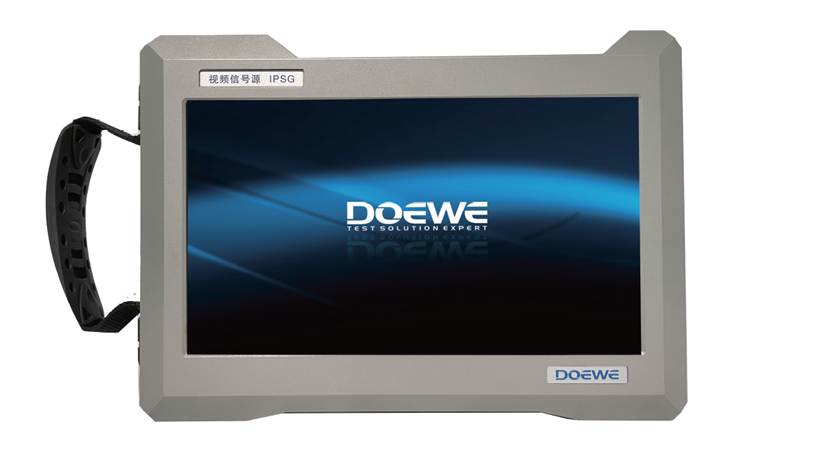
1. Compatibility with Modern IP CCTV Transmission Systems
For GB 2182 standard compliance testing, traditional analog SD video transmission systems are being phased out and replaced by IP video networks starting with integrated encoder cameras.
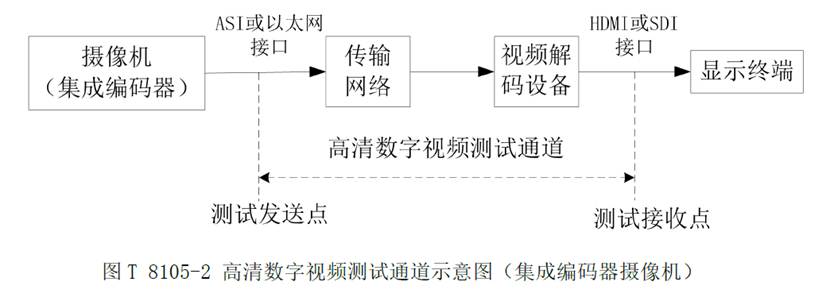
Analog/digital uncompressed (non-IP) signal sources often require external gateways (encoders). Incompatible gateways may compromise signal quality before entering the system under test.
The IPSG supports the GB 2182 standard, outputting high-quality IP video signals in camera-equivalent operating modes directly into CCTV transmission systems. This eliminates external gateways and ensures standard-compliant signal integrity.
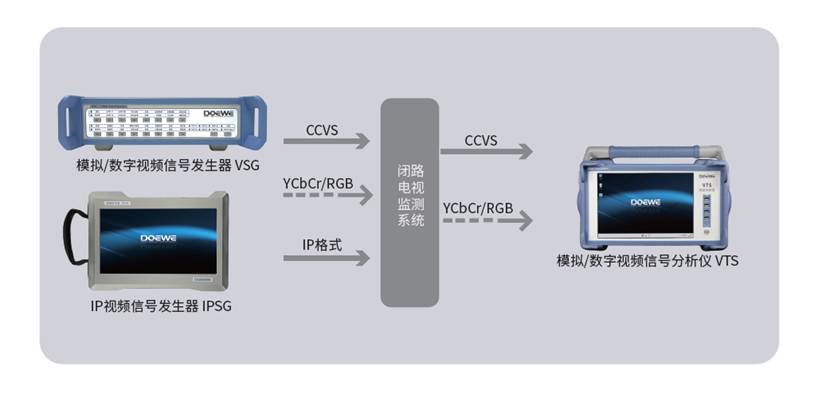
2. Multi-Protocol Video Transmission Support
1、GB/T 28181-2016 Sender Configuration: SIP server ID, domain, address, port, password, heartbeat interval, concurrent streams.
2、RTSP Server Configuration: Start port, stream name prefix, concurrent streams.
3、RTSP Pusher Configuration: RTSP push address, concurrent streams.
3. Flexible Parameter Configuration
1、Touchscreen Interface: Add, save, load, and delete test profiles.
2、Reusable Configurations: Saved video output settings import instantly.
3、Source Flexibility: Input: MP4 videos, static images、Output: H.264 encoding with adjustable resolution/bitrate.
4、High-Concurrency Simulation: Emulates ≥128 concurrent signals via port binding (multi-camera simulation).
4. Feature-Rich & User-Friendly Software
The functional software has multiple configuration modules, including a configuration scheme management module, an input source selection module, an output protocol setting module, and a right-side output video preview and parameter display module, adapting to various signal output requirements.
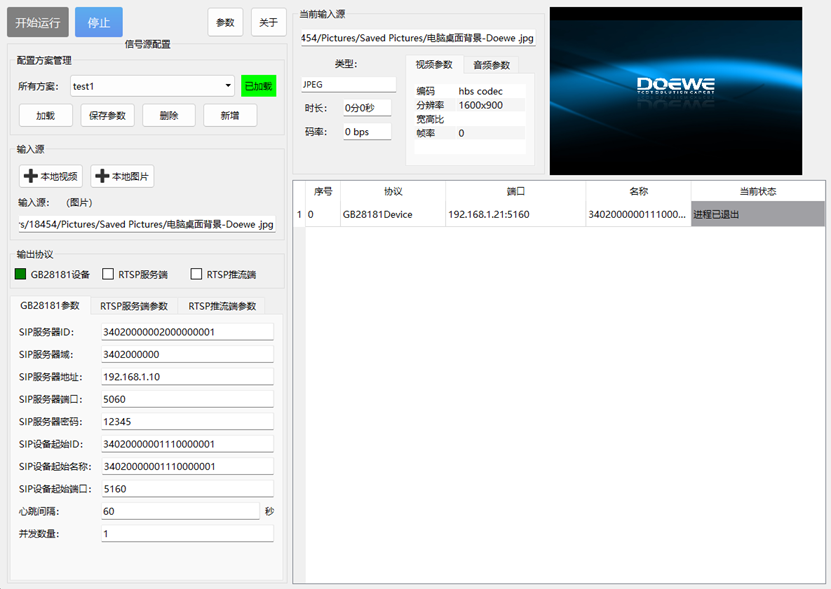
1、Scheme Management Module
It supports saving current software setting parameters for direct 调用 in subsequent use and supports loading, saving parameters, deleting, and adding configuration schemes.
2、Input Source Selection Module
It can import local videos or pictures as actual output content for external push, and can display the current input source path, facilitating identification and differentiation of current input source content.
3、Output Protocol Setting Module
It supports selecting three different protocols, namely GB 28181, RTSP server, and RTSP push, for content output. Different protocols support custom parameter configuration and concurrent testing.
4、Output Video Preview and Parameter Display Module
It features display of current input source status, video parameters, audio parameters, file type, video duration, bit rate, etc., and supports preview of output content. It also supports display of current output stream parameters, including output stream protocol, IP address and port number, name, and current status.
5. Multi-Channel Concurrency for Stress Testing
Through the multi-channel concurrent function, a single device can simulate multiple IP addresses sending signals to the link under test, performing pressure testing on the link under test. For example, it can simulate up to 128 IPC cameras accessing a closed-circuit monitoring video recorder for pressure testing to verify the recorder's pressure-bearing capacity.
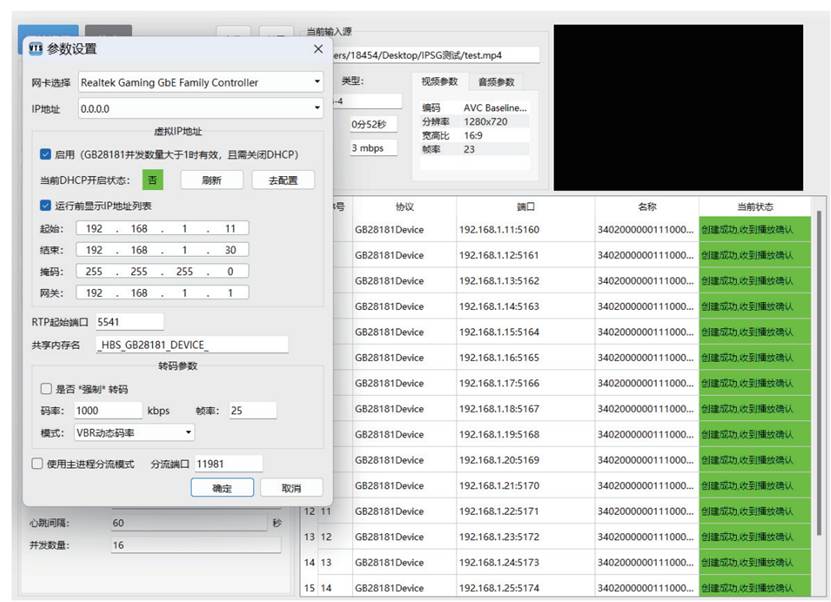
1、In parameter settings, you can select the network card and IP address used for testing: you can set the starting IP address and ending IP address (up to 128 IP addresses can be set).
2、After starting the test, all IP addresses in the interval can be automatically generated according to the settings; it supports transcoding of test files, and can set bit rate, frame rate, and transcoding mode.
3、Set the number of concurrent channels, and after outputting signals, you can view all output channel IP addresses, channel names, and current channel statuses.